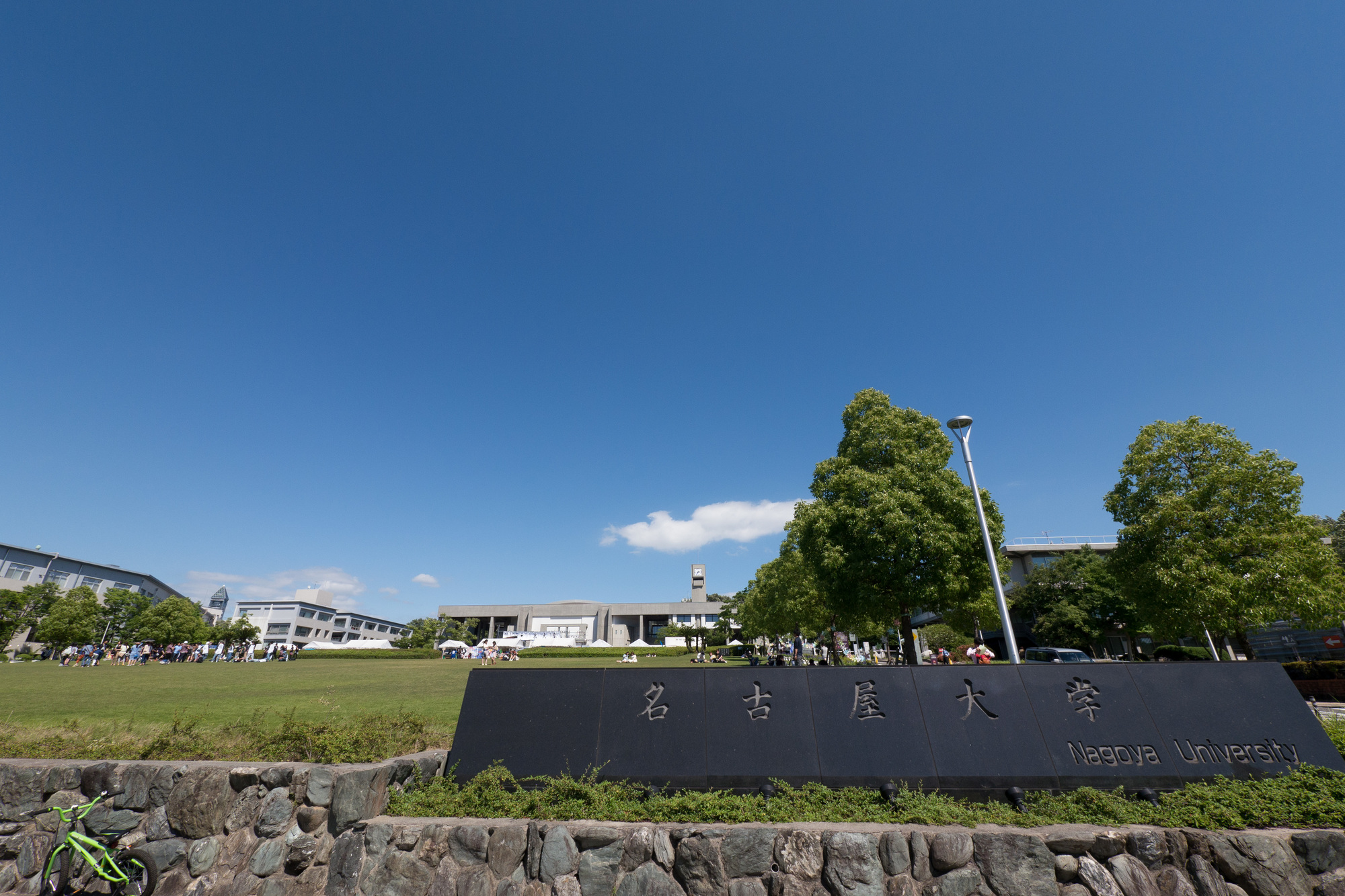A research group consisting of Professor Mikako Ogawa of Hokkaido University and Senior Researcher Hisataka Kobayashi of the National Cancer Institute in the United States, in collaboration with Shimadzu Corporation and Nagoya University, elucidated the therapeutic mechanism of photoimmunotherapy using near-infrared light. bottom.You can selectively kill cancer cells by turning on the "death switch" on the cells.
Unlike conventional anti-cancer drug treatment, photoimmunotherapy (discovered by Senior Researcher Hisataka Kobayashi) has extremely few side effects because it is not toxic except for cancer cells.It is also recognized as a promising cancer treatment method because of its activation of cancer immunity and its effectiveness against metastatic cancer.In photoimmunotherapy, cancer cells can be killed by irradiating with near-infrared light after administering an antibody bound to a chemical substance called IR700, but elucidation of the mechanism has attracted attention.
As a result of analysis using a mass spectrometer and an atomic force microscope, it was discovered that the water-soluble axial ligand of IR700 was disengaged and the chemical structure changed due to the photochemical reaction, and the physical properties changed significantly to the fat-soluble structure. ..It was found that this change in physical properties is the true nature of the "death switch", and that the switch on the targeted cell membrane can be turned on by using a remote control of near-infrared light, which is not toxic to living organisms.In addition, experiments using mice proved that photochemical reactions are similarly triggered in vivo.This revealed that it is a completely new cell-killing method that can turn only drugs bound to cancer cells by light into poisons.
The completely new method of killing cells using photochemical reactions found in this study is expected to significantly change future cancer treatments.From a chemical point of view, it is highly useful as a method that can activate compounds in vivo and selectively kill targeted cells, and is expected to be used from various directions for future drug development.


